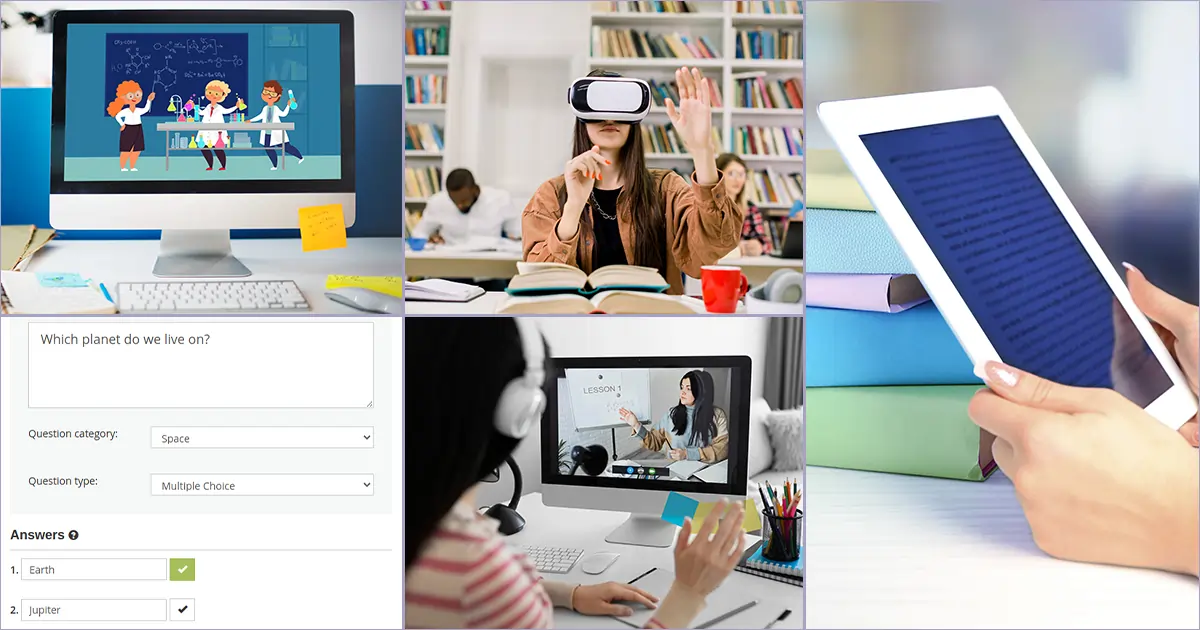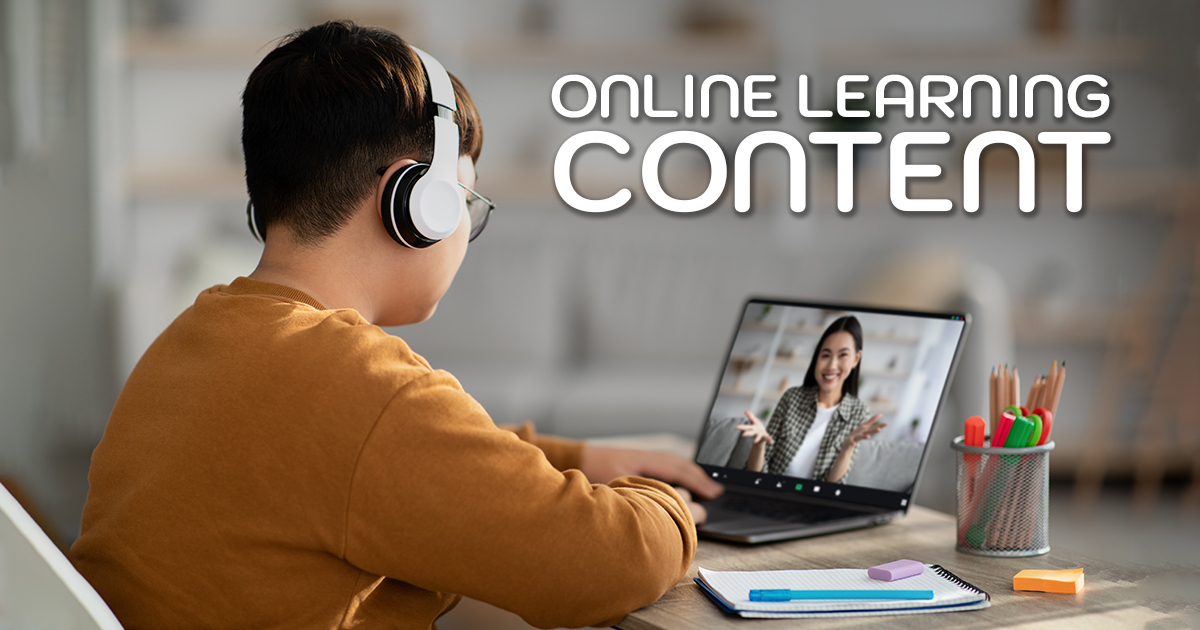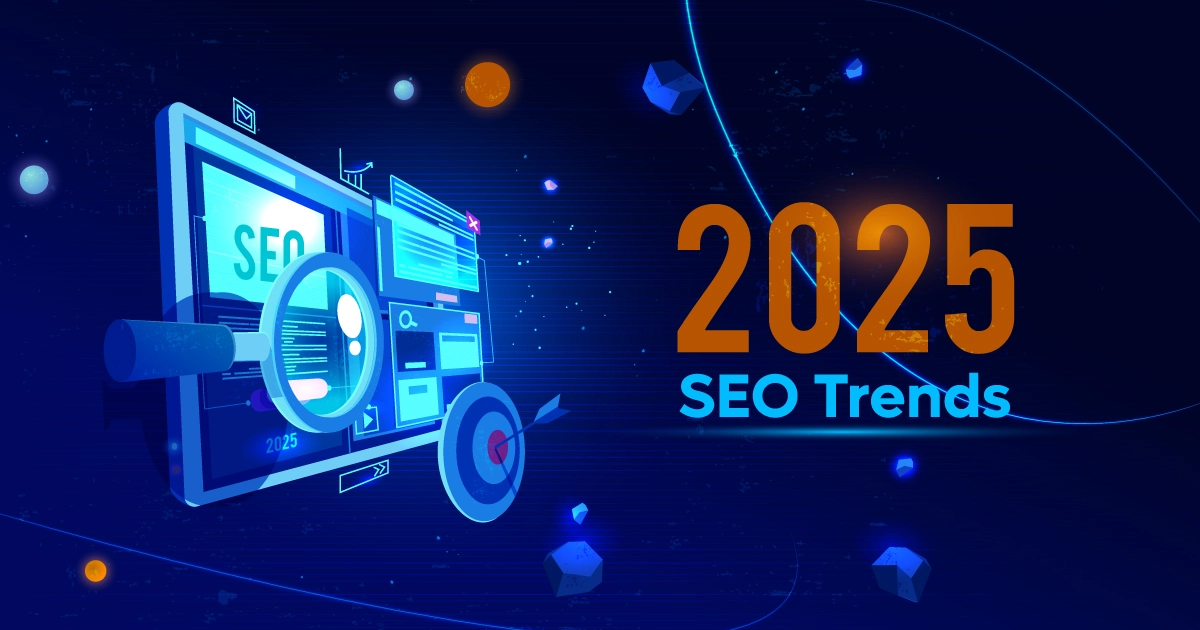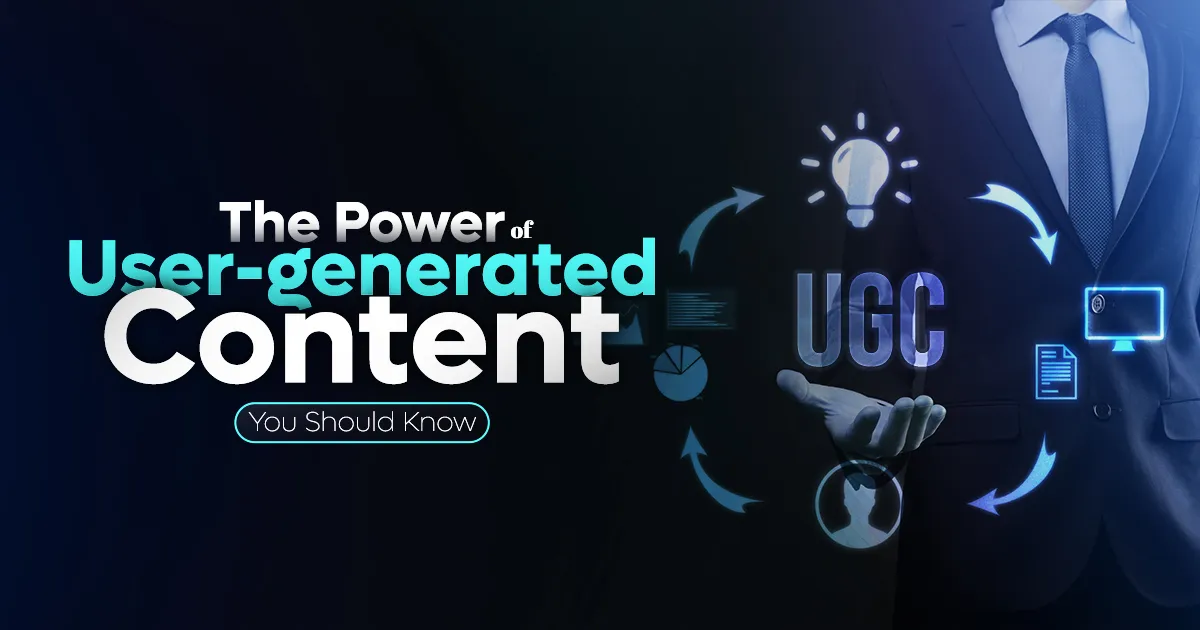The digital learning content area is vast. You can use texts, slides, graphics and images, audio, small and large videos, quizzes, etc. to teach your students and engage with them. However, different types of eLearning content engage with learners differently.
So, in this article, I will explain how e-learning content works with advantages and disadvantages. Using these eLearning types, you can create content that your learners love. Let’s kick off the session!
What Is eLearning Content?
E-learning content is when you create lessons for students in digital platforms. it is different from traditional content learning and hard to engage. Why? In a traditional setting, you can ask questions and solve problems face to face however, in electronic content learning, from interaction to asking questions happens differently. For example, in Google Classroom or Zoom, you can participate live and ask questions at the same time. However, in recorded videos, you can not ask questions directly and get the only solutions that are provided in the video.
Thus, every eLearning type works differently and has some benefits and disadvantages. Let’s discuss those in the next section.
5 Types of eLearning Content To Apply in Online Training Programs
There are many content learning formats so we have divided them into 5 categories—Text, Audio, Video, Gamification, and Other eLearning.
Text-Based Content Learning
Text-based content learning is approaching the audience with written texts. The texts have to be easy to read and engaging like the teacher is talking to a student.
- Slides: Slide presentations are an amazing way of content training with visuals. You can easily make slides using Google Slides or Microsoft PowerPoint with different themes. According to your topic, choose themes and add text, images, videos, and graphs. While working on a topic, ensure the slides are not filled with text. Too much text creates distraction and annoys the readers. Thus, use minimum text that portrays your message accurately and use relevant images. Make unlimited page slides chronologically and teach your students with great visuals.
- Articles and Blogs: Online web content writing is another amazing way of content learning. You can create your website and publish content regularly to teach students. For example, if you are a literature teacher, you can create a website to publish literature content like summaries, analyses, character analyses, reviews, comparisons, etc. You can also write scholarly articles and publish them. It will help the students learn about the topic when they search online.
- Infographics: Infographics are written on one page. These are informative, concise, and visually attractive thus, helping students learn topics quickly and easily. For example, if you want to teach your students about Newton’s three laws of motion, you can teach it through infographics. Since the sentences are precise, students can also understand the topics easily and remember them. Infographics can be shown in data, charts, and photos. If it is in image format, students can download it and see the information anytime. Add content in chronological order like telling a story.
- eBooks: Creating eLearning content with Ebook can easily transform written materials like blog content, articles, stories, and topics. You can include images, and infographics and provide information like telling stories. If your eBook content is large, add a table of contents so that readers can find targeted content easily. Also, add relevant images in between content so that readers do not feel monotonous and continue reading with concentration.
Audio-Based Content Learning
You probably have noticed that students are always busy with their studies. They have to attend school then tuition, and study at home. So, audio-based content training will help them listen to lectures anytime and anywhere. Here are some audio learning formats.
- Podcasts: Podcasts can be heard at any location like in a bus or exercising or eating. In podcast content learning, you do not have to use stories or provide motivational speeches. You can just go to the main point and teach students. However, your podcasts need to be engaging. When students listen to long podcasts, their attention may get diverted. Thus, asking questions in between, making jokes, or sharing any experience, will help them stay attentive and have an enjoyable time while learning valuable things on the go.
- Audio Lectures: Just like Podcasts, you can listen to audio lectures in any location. You can listen to lessons while cooking, washing dishes, or even at night while lying in bed. Listening to audio lectures will improve your listening ability at the same time help you gain knowledge. You can also re-listen anytime. Thus, make small audio lectures in parts and publish them on your customized website and other social media platforms. Remember to publish it sequentially.
- Voiceover Presentations: We have talked about slide presentations, correct? It was text base but you can also add voiceover to your presentation slides. The benefit of this thing is if the students want, they can watch the slide, and listen to audio. Also, they can learn just by listening to the audio. You can record voiceover easily from Microsoft PowerPoint. Go to the Powerpoint window and select Record. Click on the red button and the recording will start. You can also record specific slides following the same method.
Video-Based Content Learning
Making video content takes time however, it is proven learners learn better with visual representation. Any subject you teach, the students will better understand with videos because it consists of text, audio, images, and visuals.
- Pre-Recorded Lectures: Have you ever searched any subject topic on YouTube social media? The videos that you got as a result were pre-recorded videos. This learning format is useful for both teachers and students. The teachers can organize their lessons and deliver them precisely with key points. So the students can understand the summary properly. Also, can watch the videos over and over or pause them to understand any part better. However, while making the videos, ensure it is high-quality, smoothly playing, and delivered in easy language and a conversational tone to improve the learning experience. It will make the students feel as if you are directly teaching them one-on-one.
- Short Videos: Short lessons are 5-minute videos. These are very precise and easy to consume. You can cover short lessons and publish them as a series. The students can watch the videos at any time while doing or waiting for something. Make videos in easy language so that students can digest them easily. You can also link your short video content to your dynamic website. If you write content relevant to the video, link it. It will help your content rank in search engines.
- Animated Videos: Who doesn’t like to watch animations and cartoons? and when it comes to learning complex topics, animation is more helpful. You can create engaging training programs and show different kinds of things with animation. For example, showing the right and wrong way of doing a science experiment or writing an application to the headmaster. However, since you are making animation lessons, the audience may get confused about which topic you are covering. So, research keywords with professional SEO services and make an attractive title that encourages learners to click. Also, correct keywords will help you rank in the top 10 videos.
- Webinar: A webinar is a learning format where students can learn and ask questions at the same time. It is like real-time teaching and learning. The webinar content formats are Google Classroom, Zoom, etc. In this format, you can teach students, see them, and talk to them one-on-one. Students can actively participate in the lessons and ask any query in the virtual classroom.
- How-to Videos: How-to videos are tutorials and the audiences are not limited to students. These videos are made with the target audience in mind. For example, if you are a photo retouching company, you can create videos like how to retouch products in Photoshop. I just gave you an example for better understanding. Make how-to videos according to your niche and provide detailed explanations in your video content. For any topic you cover, ensure your audience gets the answers in one place.
Gamification
It is a content learning process where learners learn through games. Confused? The games are played to test students’ learning. Check out the games you can play after lessons.
- Quizzes: Quizzes are interactive and a great way to test learners’ learnings. You can take surprise quizzes or inform students beforehand. Quizzes are easy to create as you set the questions and correct answers so that after the exam, students can see the results immediately. You can take 3 types of quizzes. Multiple choice answers, multiple correct answers, and short answers. While setting the questions, mingle hard and easy questions and ensure students can answer the questions within 10-15 minutes.
- Online Assignment: You can create an assignment attachment section where students can submit their assigned tasks. You can assign students assignment topics and they will be notified through their emails. And when they will submit their work, you will be notified as well. Keep a section where they can privately message you for any query. Provide them detailed instructions on your query and give them feedback for betterment.
- Roleplay: Do roleplay in the virtual classroom. For example, if you are teaching a story, ask students to pretend the character and read the lines. It will change the atmosphere in the online classroom and help students enjoy learning.
- Discussion Modules/Comment Section: Discussion modules enhance the student’s learning experience. It is like a public comment section where students submit their queries and other students give them replies. Often students debate on points as well. You can use this technique in students’ training programs to do collaborative learning.
- Collaborative Projects: You can also prepare fun collaborative projects for students. For example, discussing things in groups and completing the story or providing a scenario where they need to find a solution within the allocated time.
Other eLearning Formats
I have placed other learning formats into categories but there are some other effective learning formats you can apply for teaching students.
- Infographic PDFs: Learning with interactive PDFs is fun and engaging as you can incorporate links, images, videos, and GIFs in the PDFs. Making an interactive PDF will help you organize your content in one single document and you can easily go from one section to another section. While creating interactive PDFs, save the chapters in their names so students can easily find their desired information.
- Interactive Whiteboards: Using an interactive whiteboard for the training program, you can show lessons and manipulate them on the surface. However, you need to connect your computer to the projector because the content of your computer will be shown on the whiteboard and the changes you will make in the computer will also get changed in the whiteboard. It is a great way to present information and teach students by showing different documents, images, and other things in real-time.
- AR and VR Simulations: VR and AR sims provide real-time training to students and improve their practical knowledge. It enhances student engagement and allows them to experiment with subjects. You can create different scenarios in VR and AR training and allow students to make choices. It is proven students can remember practical knowledge more than reading theories in books. Thus, I recommend incorporating this learning format into your virtual classroom.
- Blended Learning: Blended learning or mixed-mode learning is an approach where you can teach students both online and offline. After the pandemic ended, many institutions started following this learning technique. For example, you can teach students in the classroom, record the lesson, and provide the lesson on your website. Or take classes online and exams offline. Make your class schedules in a way that helps students engage in learning activities.

Advantages and Disadvantages of eLearning Content
As I mentioned before, every e-learning content works differently. Thus, all of the eLearning types have some advantages and disadvantages. Let’s discuss those below.
Text
The advantage of text-based learning is it is thoroughly instructional. it provides detailed information to the readers. With texts, learners can learn through details or bite-size information. Also, highlight the parts they need to remember. Thus, text content learning is flexible and meets audiences’ needs the way they want.
With advantages, Text-based learning has disadvantages too. The first disadvantage is content facts. Often, writers write content by reading other sources. If they do not know about the topic, the content may contain wrong information. So, read at least 3-4 content before taking any information or following the source you trust. Another disadvantage is reading long content is monotonous. learners do not like to read text only. It is seen when there is only text in a content, learners become bored and leave it. So, add high-quality retouched images in between text to take a break.
Audio
The advantages of audio-based learning are it enhances the learning experience and improves listening ability. Learning through audio will help learners listen to lessons anytime attentively and they can remember key points easily.
The disadvantage of audio-based learning is it lacks visualization. If the topic is complex, the students may have a hard time visualizing the explanation. So, you need to explain in a way learners understand easily and remember it.
Video
The advantages of video content learning are visual engagement and visual demonstration. You can visually teach students providing a real-time learning feeling. You can also demonstrate things in videos which will provide a clear understanding of the topic.
The disadvantage of video-based learning is it is time-consuming and expensive. Whether you use animation or teach in videos, you need to have a device and editing software to present your videos. You need to spend money and time teaching successfully through videos. However, I still think it is worth it because if you can teach and convey your message successfully, your students will increase and you will be able to make more money.
Gamification
The advantage of gamification learning is it boosts engagement and delivers instant results. Everyone likes to play and get 10/10. Thus, using gamification in eLearning content is productive. Also, students can see the results instantly and see if their learning objectives were fulfilled or not.
The disadvantage of gamification learning is it’s exams in the name of games. Students need to participate in quizzes, submit assignments, etc. And it is not fun. Thus, to encourage them and make it more competitive, you can provide the highest marking students gifts. They will study more and participate more enthusiastically.
How to Develop Elearning Content
Now that you know the types of eLearning content. Let’s see the eLearning content development process.
- Survey Your Audience: Before creating your content, you need to make a survey. Make a set of questionnaires and find out about the student’s background and knowledge. If you know how much they know about the subject, you can create content accordingly. For example, 5% audience is knowledgeable about pollination, 25% heard about it and 70% don’t know about it. So, you can start the lesson by informing students about what is pollination.
- Plan E-learning Content: Though a book is large, not everything is important. Thus, while creating eLearning content, you need to separate important and unimportant topics into categories. Teach your students the most important topics first to help them achieve learning outcomes. Secondly, teach them the information that could bring value to their learnings. Also, if any information is important, tell them to mark or note down.
- Make a Content Outline: E-learning content needs to be engaging and precise. Thus, make a storyboard like how to start, the next topic, then another. Follow the storyboard while making the content. It will guide you throughout the content-making process and ensure your coverage of all the important topics sequentially.
- Make e-learning content for different learning styles: Incorporate different eLearning types into your virtual classroom. Though I have explained types of eLearning content in different sections, You can utilize those together. For example, Teach in Webiner, take quizzes, do important discussions, provide necessary videos to watch anytime, etc. You can combine these eLearning content and provide an excellent learning experience to students.
- Make Short and Precise E-learning Content: Learners want easy solutions within minutes. So, divide your lessons into small parts and provide them in a series. Ensure they are posted chronologically so that learners find them quickly.
- Keep Consistency: Creating an online learning program needs consistency. You need to make lessons regularly and also, ensure they are in sync. For example, if you teach Chemistry on your YouTube channel, you need to maintain the deadline and publish parts regularly. It will enhance learner trust, engagement, and visit to your channel.
- Provide Reference: If you take information from other sources, mention those in your content. It will make your content plagiarism-free.
- Speak in Your Target Audience Tone: While creating eLearning content, speak to your target audience’s language. I mean the language they use in their regular life. For example, if Your audience is USA-based, use their tone. Also, speak in a “You” tone like you are directly talking to your audience.
- Stand Out in the Crowd: Research what your competitors are doing, and what content formats they are implementing in their courses. Find gaps and use your original ideas to attract an audience. Remember, if your lessons are unique and engaging, your audience will stay and follow them.
Pack Up Time
Content learning has become easier now as we can get unlimited information within minutes using social media. However, learners want a place where they can get everything in one place. Thus, incorporate the types of eLearning content into your online teaching institution and make a place where learners can learn valuable information for future development.
Lastly, if you need graphic design and video editing services, contact us. Our designers have years of experience designing and editing images and videos. We will edit your images and videos precisely and ensure your target audience gets the message. Get a Quote Now!
By storytelling. You can share your experience or tell stories in context to the topics. It will help them stay engaged in lessons and take a break in between.
Yes. Providing certificates will not only show their results but also, it will beneficial in job searching in the future.
As long as it takes to finish lessons. Depending on the lesson size your course time will vary it can be 10 days, 1 month, 3 months, or 6 months. Fulfill the learning objectives you promised to the learners.



